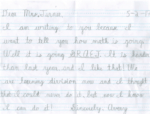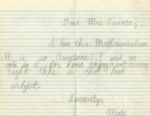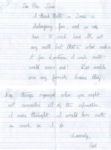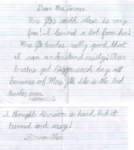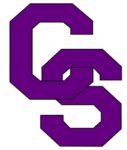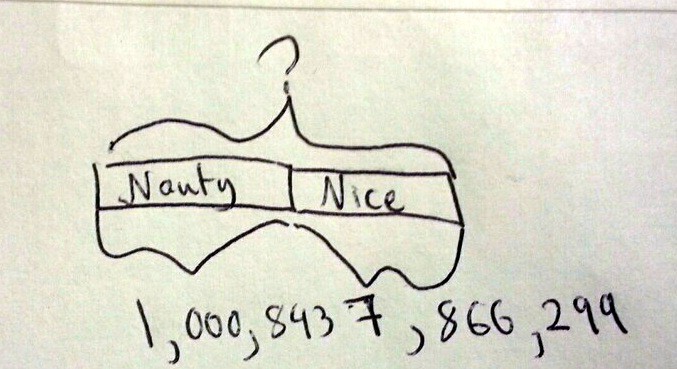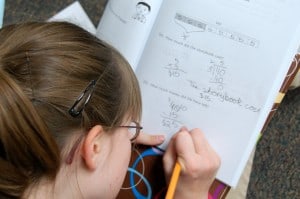Last May, third graders at a school in Minnesota wrote me some letters. Their school started with a Singapore Mathematics curriculum in the fall and they were just completing their first year working with the materials. I’m told that students weren’t “required” to write these. ?
Enjoy!
